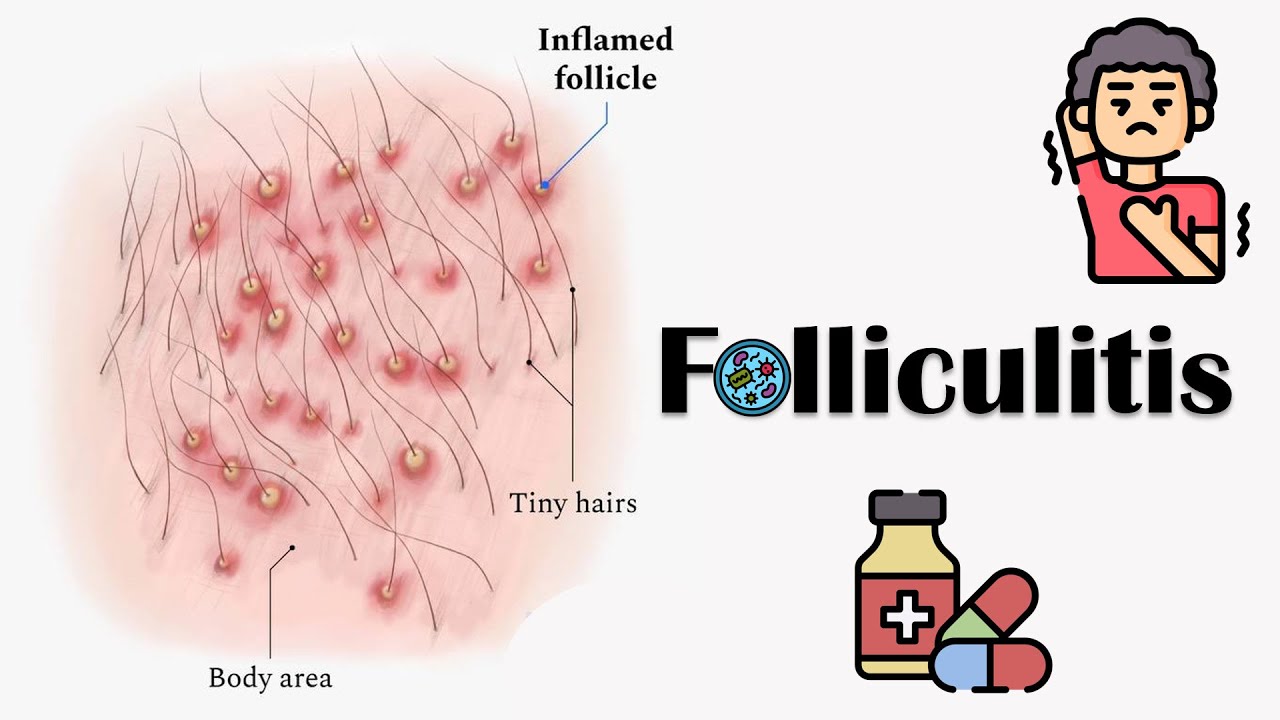Peritonsillar abscess (mechanism of disease)
Summary
TLDRPeritonsillar abscess occurs when a bacterial infection spreads from the tonsils to the surrounding tissue, leading to inflammation and the formation of pus-filled abscesses. Most commonly caused by Streptococcus pyogenes, the condition can cause severe throat pain, fever, drooling, bad breath, and difficulty swallowing. Physical signs include a deviated uvula and swollen tonsils. Serious complications include airway obstruction, sepsis, and mediastinitis. Diagnosis is mostly clinical, though a CT scan with contrast can confirm large abscesses. Treatment focuses on draining the abscess and antibiotics, with surgical intervention in severe cases.
Takeaways
- 😀 Peritonsillar abscess occurs when an infection spreads beyond the tonsillar capsule, often as a complication of tonsillitis.
- 😀 The infection begins in the tonsillar crypts, which are natural divots in the tonsils that allow immune exposure to pathogens.
- 😀 The most common bacterial cause of peritonsillar abscess is *Streptococcus pyogenes*, but other bacteria can also be involved, often creating a polymicrobial infection.
- 😀 Adults aged 20-40 years are at the highest risk for peritonsillar abscess, although it can affect children and adolescents as well.
- 😀 Symptoms of tonsillitis and peritonsillitis include fever, malaise, severe sore throat, and difficulty swallowing (dysphagia).
- 😀 Specific symptoms of peritonsillar abscess include muffled speech (hot potato voice), drooling, halitosis (bad breath), and trismus (jaw muscle spasms).
- 😀 On physical examination, the uvula may deviate to the opposite side of the abscess, and the tonsil may be displaced medially and inferiorly.
- 😀 If the abscess is large, it may be visible as a unilateral swollen tonsil with erythema and exudates, causing bulging of the palatine arch.
- 😀 Complications of peritonsillar abscess include airway compromise, internal jugular vein thrombosis, and spread of infection to nearby spaces, leading to conditions like mediastinitis or sepsis.
- 😀 Diagnosis is primarily clinical, supported by strep testing and sometimes a CT scan with contrast to visualize large abscesses.
Q & A
What is the main cause of peritonsillar abscess?
-The most common cause of peritonsillar abscess is infection by *Streptococcus pyogenes*, though other bacteria such as *Streptococcus anginosus*, *Streptococcus viridians*, *Staphylococcus aureus*, and *Hemophilus species* can also contribute.
What is the function of tonsillar crypts in normal physiology?
-Tonsillar crypts serve as a defense mechanism, exposing the immune system to pathogens by allowing early interaction with bacteria, viruses, and other infectious organisms.
How does a peritonsillar abscess form?
-A peritonsillar abscess forms when bacteria grow excessively in the tonsillar crypts, leading to infection that spreads beyond the tonsillar capsule. This causes inflammation (peritonsillitis), and the immune response results in tissue death, which forms a pus-filled abscess.
What symptoms are commonly seen in peritonsillitis?
-Common symptoms of peritonsillitis include fever, malaise, severe sore throat, and difficulty swallowing (dysphagia) along with pain during swallowing (odynophagia). These symptoms are not specific to peritonsillar abscess and can also occur in tonsillitis.
What are the key symptoms that differentiate peritonsillar abscess from tonsillitis?
-Key symptoms specific to peritonsillar abscess include a 'hot potato voice' (muffled speech), drooling, bad breath (halitosis), and jaw muscle spasms (trismus). These symptoms are less common in simple tonsillitis.
What physical exam findings might suggest a peritonsillar abscess?
-Physical exam findings include deviation of the uvula to the opposite side, inferior and medial displacement of the tonsil, and in some cases, a visible swollen tonsil with exudates. Ipsilateral ear pain and cervical lymphadenopathy may also be present.
What are the serious complications of peritonsillar abscess?
-Serious complications include airway compromise (which can obstruct breathing), thrombophlebitis (blood clot in the internal jugular vein), and rupture of the abscess leading to infections in surrounding spaces, such as mediastinitis, necrotizing fasciitis, bacteremia, and aspiration pneumonia.
How does a peritonsillar abscess affect the uvula?
-The peritonsillar abscess can cause the uvula to deviate to the opposite side due to the mass effect of the abscess, which pushes the uvula away from the affected tonsil.
What diagnostic tests can be used to confirm a peritonsillar abscess?
-Diagnosis is primarily clinical, based on symptoms and physical exam. A strep test and mono test may be performed to rule out other conditions. A CT scan with contrast can show a hypodense lesion in the pharynx if the abscess is large.
Why is airway compromise a critical complication of peritonsillar abscess?
-Airway compromise is critical because if the abscess grows large enough, it can obstruct the airway, preventing proper breathing. This can be life-threatening and requires immediate medical attention.
Outlines

This section is available to paid users only. Please upgrade to access this part.
Upgrade NowMindmap

This section is available to paid users only. Please upgrade to access this part.
Upgrade NowKeywords

This section is available to paid users only. Please upgrade to access this part.
Upgrade NowHighlights

This section is available to paid users only. Please upgrade to access this part.
Upgrade NowTranscripts

This section is available to paid users only. Please upgrade to access this part.
Upgrade NowBrowse More Related Video

Tubo Ovarian Abses

Abscesses - causes, symptoms, diagnosis, treatment, pathology

Amebiasis (Amoebic Dysentery) | Entamoeba histolytica, Pathogenesis, Signs & Symptoms, Treatment

Chronic Inflammation : Causes, Morphologic features, Mediators, Examples, & Clinical manifestations

Folliculitis - Causes, Signs & Symptoms, Complications & Treatment

13 Juli 2025
5.0 / 5 (0 votes)